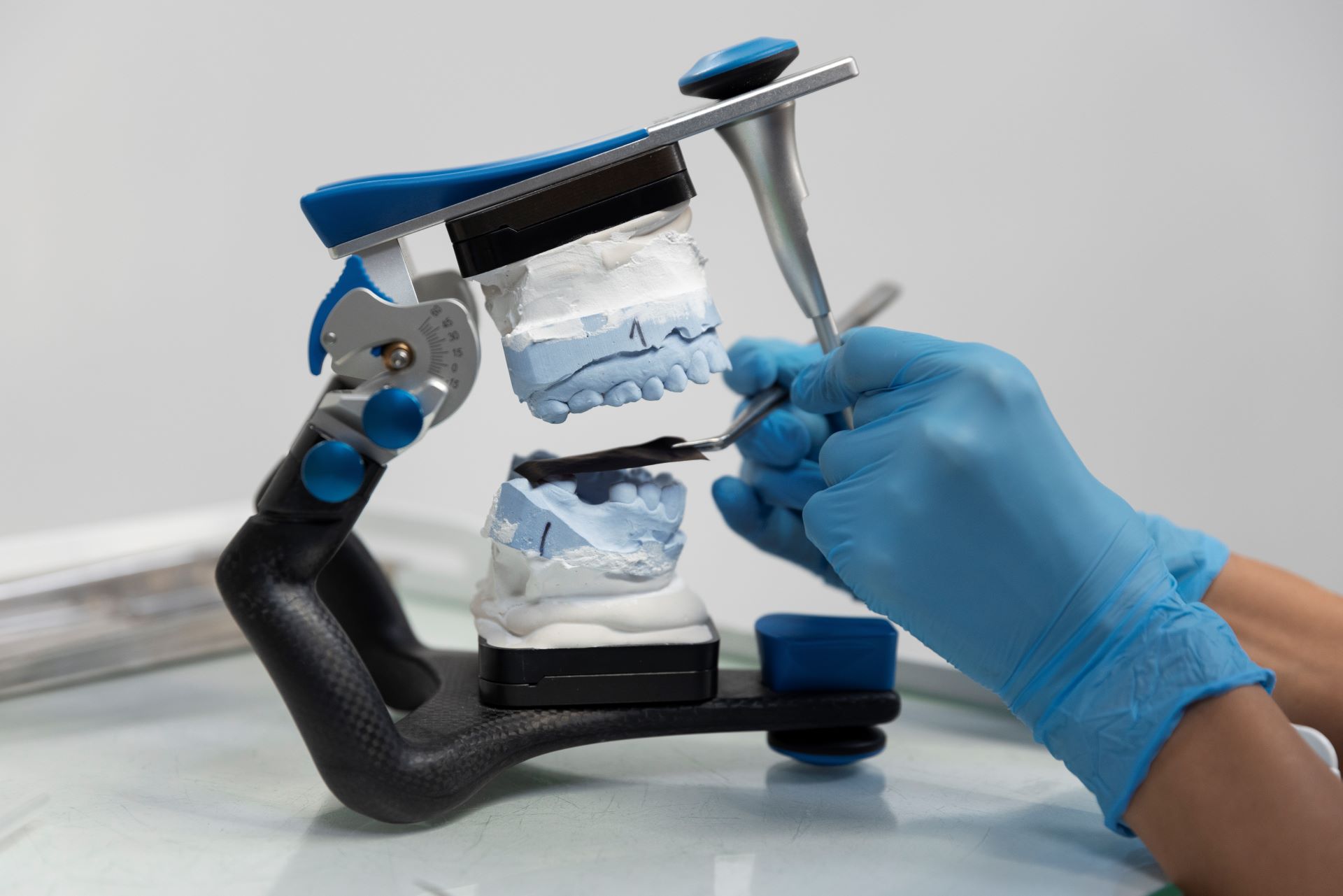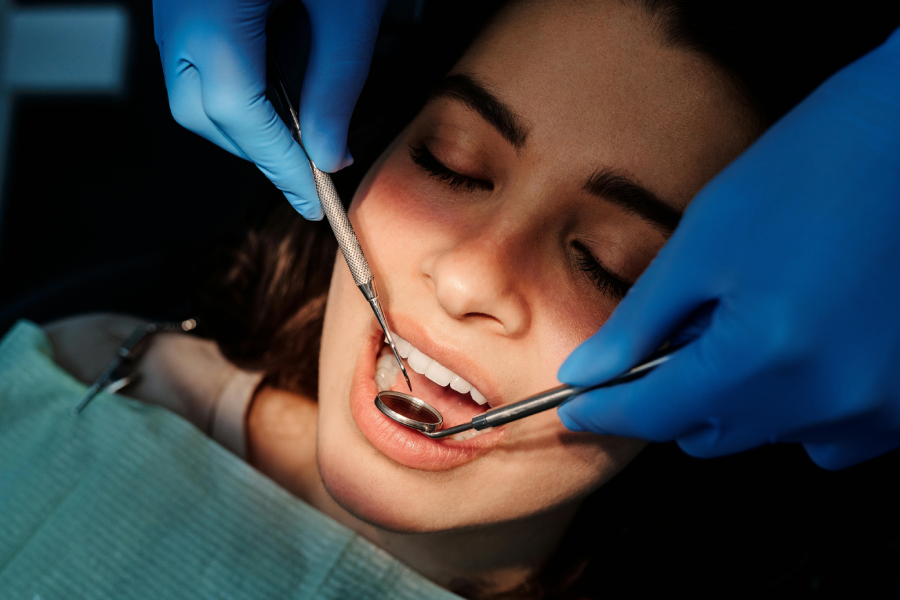Many people have dental problems at birth; however, most of the dental injuries happen due to accidents, dental decay, and calcium deficiencies. Although it is the hardest and most mineralized tissue, it does have its limits. A severely broken tooth is not only an eyesore and an embarrassment but a hindrance to the full functionality of your teeth. Dental crowns will give a natural-looking appearance by covering the broken part with artificial material. Find out more about dental crowns.
What is a crown?
It is a cap that covers the tooth and protects it. It acts as a durable covering and prevents you from losing a tooth. Without it, it won’t be able to withstand the chewing pressure.
Types of Dental Crowns
There are many different types, and these vary depending on the types of materials, the cost, and the patient’s needs.
- Gold – The main advantage is the strength and durability. These types are strong and highly resistant. It is a perfect replacement to a broken back molar. However, because of the gold color, it does not look natural. The gold alloy can develop allergic reactions to some people.
- All- Porcelain – It is the most popular type because it looks more natural. This type forms best in matching your surrounding teeth in size, shape, and color. It is the best option for restoration of the front tooth. Porcelain is bio-compatible, which means that it won’t have any allergic reaction to the wearer. However, these are not as strong as their metal counterparts. Porcelain can also cost a lot compared to other types.
- Porcelain Fused to Metal – This type combines the strength of metal and the aesthetic looks of porcelain. It offers excellent aesthetics and durability. It is also less expensive than porcelain ones. However, the metal in these can cause a grey line over the gum line. And it is not as visually appealing as the pure porcelain one.
How Crowns are Placed
- Your dental professional will give you anesthesia so you won’t feel a thing during the operation. You are also given sedation if you want to feel relaxed.
- Then, the tooth will undergo preparations so that the crown will fit as intended. Some structures are likely to be trimmed down to make room for the crown.
- After it is prepared, the dentist will take impressions of it, which is then sent to the laboratory for them to make a permanent crown. You’ll be asked to wear a temporary one for the meantime.
- When the permanent one is ready, it will be cemented to it.










